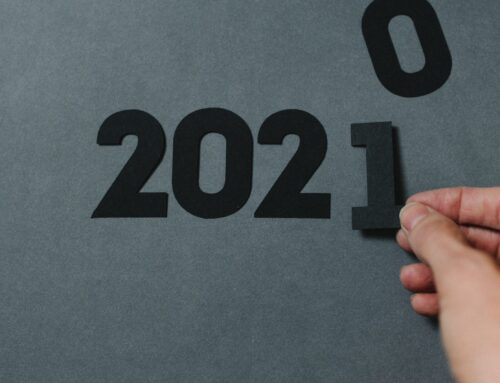Ghosts, Goblins and 2014 Planning….which is scariest?
I’ll have to go with 2014 planning on this one, as ghosts and goblins are largely fictional, and everybody knows annual planning is a harsh reality. I have been constructing annual plans for a LONG time and it never gets any easier. The process improves, for sure, and the things you stumbled over last year usually go away, but there is always a new crop of obstacles that seem to pop up from one year to the next. They might include:
- A pesky competitor that didn’t exist last year, or at least wasn’t giving you as much trouble
- Changes (usually in the direction of higher) in expectations from your customers
- Transition of key personnel
- Tighter expense budgets, even though you met or exceeded last year’s plan
Any or all of these (plus a few more) can find their way into the annual plan. But here’s what shouldn’t change no matter what you do or who you serve:
- Your vision (the world you want to create), your intent (how you intend to do so), and your strategy (how you will deliver on that intent)
- A commitment to excellence in servicing your customers, so they remain customers, and sing your praises to others
- A SHORT list of new initiatives that help you hang on to the business you have, or help you find new markets to grow, or BOTH. By its nature, this list needs to be very focused. No one is successful trying to be all things to all people
- A maniacal focus on productivity—doing more with less, and actually being happy about it
At InReach, the executive team, comprised of my seven functional leaders, starts with a few strategic objectives (one of which is always a financial goal), and then as a group, we finish the sentence, “For that to happen, what would have to be true?” What falls out of that exercise (at a former company we called it the “cuss and discuss” session) is the four to five things we MUST do to execute on that plan as well as a pretty good frame of reference to construct more tactical plans. And, because we’ve constructed it as a team, each functional plan supports the other functions, or we keep reworking it until it does. The point is to get everybody rowing in the same direction and to leverage synergies, so we can amplify our activities, and not be working at cross purposes. It also forces a discussion about tradeoffs and priorities. In the end, it produces a better plan that everybody understands, had a part in developing, and owns executing against.
Does it work? I have a lot of proof that it does. One thing’s for sure, it yields a much better product with a higher probability of success. And that’s not scary at all.






